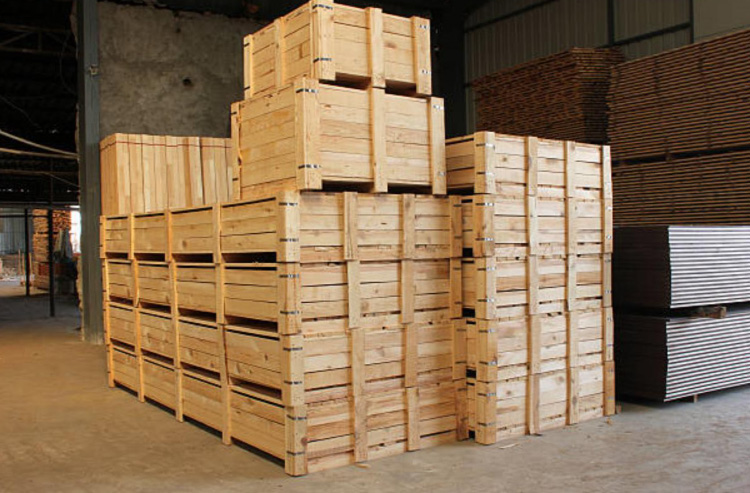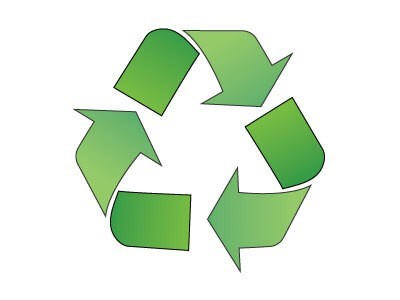
As sustainability continues to take center stage across industries, wood packaging has undergone a revolutionary transformation. Traditionally known for its durability and eco-friendliness, wood packaging is now at the forefront of innovation with new materials, technologies, and practices aimed at reducing environmental impact. Let’s explore the latest advancements that are shaping the future of wood packaging and how they contribute to a more sustainable and efficient global economy.
1. Introduction of Bio-Based Coatings and Treatments
One of the most exciting developments in wood packaging is the use of bio-based coatings and treatments. Traditional wood packaging often required chemical treatments to enhance durability, protect against pests, and prevent decay. These treatments, however, could be harmful to the environment.
Today, companies are increasingly turning to bio-based alternatives. These natural, plant-based coatings and treatments offer the same protective qualities as their synthetic counterparts but with a much lower environmental footprint. For example, using natural oils or biodegradable
waxes not only enhances the longevity of wooden packaging but also reduces the risk of chemical contamination in the environment.
2. Innovations in Wooden Pallets: Modular and Lightweight Designs
Wooden pallets are integral to the logistics industry, but traditional pallet designs are often bulky and heavy, which can increase transportation costs and carbon emissions. Enter the latest modular and lightweight pallet designs.
Companies are now utilizing advanced engineering techniques to create modular pallets that are both more durable and lighter. These new designs allow pallets to be easily stacked and customized for different uses, reducing both material waste and energy consumption during shipping. The modularity of these pallets also makes it easier to replace or repair individual components, reducing the need for full replacements and extending the lifecycle of the pallets.
Additionally, some manufacturers are introducing reusable wooden pallets designed with longevity in mind. These pallets are engineered for multiple uses, and their structure is designed to endure the rigors of transportation without needing to be replaced frequently.
3. Wood-Based Composite Materials: A Game Changer
In recent years, composite materials that combine wood fibers with other sustainable materials have become a game changer in the packaging sector. These composite materials offer greater strength and durability than traditional wood, all while maintaining a minimal environmental footprint. The innovation lies in the ability to mix wood with organic resins, hemp fibers, or recycled paper to create a material that is not only sustainable but also more versatile.
Wood-based composites can be used in a wide variety of packaging applications, including protective packaging for fragile goods, offering an alternative to plastics and other less sustainable options. These materials are often lighter than solid wood, further improving shipping efficiency.
4. 3D Printing with Wood-Based Filaments
Another exciting advancement is the rise of 3D printing technology in the packaging industry. While 3D printing is commonly associated with creating prototypes and consumer goods, its application in wood packaging has tremendous potential.
Researchers and manufacturers have developed wood-based filaments for 3D printing that can be used to create custom packaging solutions. These filaments, which are derived from sustainably sourced wood fibers, are biodegradable and can be customized to meet specific packaging needs. Whether it’s creating protective casings for electronics or producing unique custom-sized crates for fragile items, 3D printing offers unparalleled flexibility and efficiency in the packaging process.
5. Circular Economy Integration
The concept of the circular economy is one of the most significant drivers of innovation in wood packaging. In a circular economy, products and materials are kept in use for as long as possible, maximizing their value before disposal. This principle is being integrated into the design and use of wood packaging materials.
Companies are now designing wooden packaging with the end of life in mind, ensuring that it can be reused, repurposed, or recycled effectively. Wood packaging is increasingly being made from recycled wood fibers, and efforts are being made to ensure that once the packaging has outlived its usefulness, it can be broken down and used again in new products.
Moreover, wood packaging companies are working with businesses to create closed-loop systems. In these systems, used packaging is returned, cleaned, and reused rather than being discarded, further reducing waste and carbon footprints.
6. Smart Packaging Technology Integration
One of the most futuristic trends in wood packaging is the integration of smart technology. By embedding sensors or RFID (Radio Frequency Identification) tags into wood packaging, companies can monitor the condition of goods during transit. This technology can track temperature, humidity, and even detect if the package has been tampered with.
The potential benefits of these innovations are enormous. For example, temperature-sensitive goods like pharmaceuticals and perishable foods can be tracked to ensure they are stored and transported under optimal conditions, reducing waste and improving efficiency in the supply chain. Additionally, RFID tags can streamline inventory management, making it easier for companies to track shipments in real-time.
7. Sustainability Certifications and Standards
As consumers and businesses alike demand more sustainable practices, many wood packaging companies are embracing certifications that demonstrate their commitment to environmental responsibility. Certifications such as FSC (Forest Stewardship Council) and PEFC (Program for the Endorsement of Forest Certification) are helping consumers make informed choices about the sustainability of the wood products they purchase.
These certifications ensure that the wood used in packaging comes from responsibly managed forests, minimizing deforestation and promoting biodiversity. More companies are seeking these certifications as part of their corporate social responsibility initiatives, demonstrating a global shift toward more sustainable packaging solutions.
The Future of Wood Packaging: A Greener Tomorrow
As the world moves towards a more sustainable future, innovations in wood packaging will continue to play a pivotal role. Whether it’s through new materials, advanced manufacturing techniques, or a more circular approach to production, the wood packaging industry is evolving to meet the demands of a greener, more environmentally conscious world.
By embracing these innovations, businesses not only contribute to a more sustainable future but also enhance their operational efficiency, improve customer satisfaction, and stay ahead of the curve in an increasingly eco-conscious market.
The future of packaging is here, and it’s made of wood.





